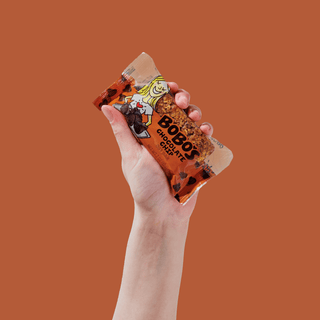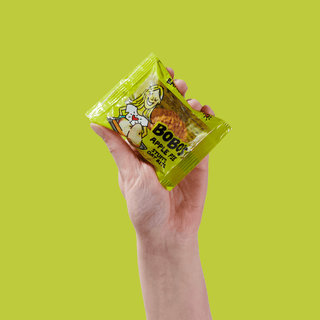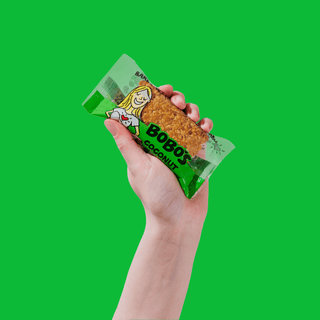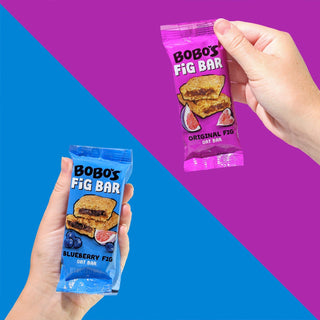Let’s be real—a nutrition label can be quite mysterious. But why? Well, there are several things to know about certain essential nutrients, like protein, carbs, sodium, and more, as well as the serving sizes (and what’s actually realistic!), all of which can help you decide whether something is healthy and worth eating or not.
Plus, there’s conflicting info out there. Are healthy carbs the enemy? Or are they good for you? Does your body need them? What makes one healthy versus not? What about healthy fats? Does this create fat or help burn it? (Hello keto, Atkins and that low carb craze!) And what’s the deal with added sugars and sweeteners like agave?
Yet, reading the label and looking at nutritional data can give you a good idea of whether or not something is nutritious as long as you know what to look for. And due to the latest nutrition label requirements, it’s now way easier to decode and know just what you’re getting in each bite.
And that means you can make healthy choices for yourself and your family—where your kids are getting the right set of nutrients they need to feel well, strong, and happy each day.
Let’s take a nutrition label sample, for example—here are some tips to keep in mind when looking through the data.
Look for Macronutrients
There are three: carbs, protein, and fat. You want to limit saturated fat (consume in moderation—to keep heart health in check!) and eat more healthy fats, such as unsaturated fats and omega 3 fatty acids, both of which reduce inflammation, protect the heart, fill you up and help maintain proper bodily functions.
You also want to go for complex carbs over refined ones, and so you can look at fiber grams to determine how many net grams there are (subtract fiber from the total) and what portion of those carbs are rich in fiber that will boost satiety, keep you regular, and be good for you! Getting more fiber is key, so aim to increase those grams in each snack or meal!
And lastly, you look at protein. You want good protein for each meal, so aim for 15-20 grams per meal, at a minimum, and around 6-10 grams minimum for a snack. Protein fills you up, builds muscle, and powers cognition to keep your brain sharp and alert.
Check Out Serving Size
In the serving size of a snack food, you want it to be realistic. So, if it says a super small serving (where you’d actually be eating three or more), then it’s probably not the best food to enjoy for what you’re actually consuming! Plus, you want to make sure the number of calories fits for a serving, and you want to choose packages where total servings in the container are on the lower end.
For instance, for a protein bar, you want one serving that packs in at least 10g of protein and has a good calorie range. The calories for a good sized protein bar should be somewhere between 200 and 300 calories to keep it well balanced, where you are getting in protein, fats, and some complex carbs and fiber.
Look for Added Sugar
Instead of just total sugar, now labels have added sugar too. So, that means they are not natural sources—as found in fruit, veggies, and wholesome foods—but rather they are added sweeteners and sources. You want to keep those lower, where you can limit blood sugar spikes! And keep an eye out for those healthy fats too, as they can help keep blood sugar levels balanced, as well as that protein.
The healthy carbs will likely not contain many added sugars, so choosing whole grains, oats, nuts, and seeds is super important for getting in that fiber and natural source of carb and sugar instead of added sweeteners!
As long as you keep these tips in mind, you can easily decode the nutrition label and know what you are eating in each bite. This way, you are in charge of how many portions you are eating—and if it’s realistic—as well as what essential nutrients you will get from the food.
So, if you think that the sugar is too high, or that a serving size seems too sparse for your hunger intake, you can re-evaluate. Likewise, if you feel that you need a bit more protein, you can pair that food with something a bit higher in that macronutrient too!
Before purchasing, always check out the label. And if you have questions, you can always ask a dietitian for help! They can best advise you on what foods to eat based on your individual needs—maybe you are more athletic, are of a certain age, or have a medical condition that requires certain ratios. These are the factors they can help sort out for you!











